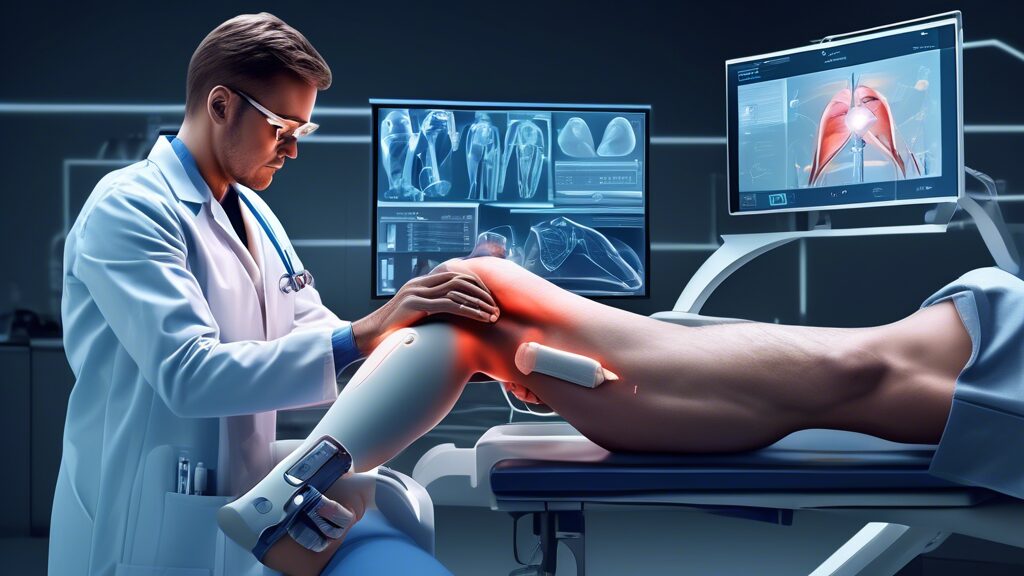The Multifaceted Field of Sports Medicine
Sports medicine is a multidisciplinary field that combines the principles of medicine, physiology, biomechanics, and nutrition to optimize the health and performance of athletes and active individuals. The primary goal of sports medicine professionals is to prevent, diagnose, and treat injuries related to physical activity while promoting overall wellness and fitness.
The Role of Sports Medicine Physicians
Sports medicine physicians are medical doctors who specialize in the diagnosis and treatment of sports-related injuries and conditions. They work closely with athletes, coaches, and trainers to develop personalized treatment plans that address both acute and chronic injuries. These physicians are well-versed in the latest advances in sports medicine, including regenerative therapies, minimally invasive surgical techniques, and comprehensive rehabilitation programs.
Injury Prevention and Performance Optimization
One of the key aspects of sports medicine is injury prevention. Sports medicine professionals work with athletes to identify potential risk factors and develop strategies to minimize the likelihood of injury. This may involve prescribing specific exercises to improve strength, flexibility, and balance, as well as providing guidance on proper nutrition and hydration.
In addition to injury prevention, sports medicine professionals also focus on performance optimization. By analyzing an athlete's biomechanics, physiology, and training regimen, they can identify areas for improvement and develop targeted interventions to enhance speed, agility, endurance, and overall performance.
Advancements in Sports Medicine Technology
The field of sports medicine has seen significant advancements in recent years, thanks to the development of new technologies and research methods. Some of the most notable advancements include:
Wearable Sensors and Data Analytics
Wearable sensors, such as accelerometers and heart rate monitors, allow sports medicine professionals to collect real-time data on an athlete's performance and physiological responses. This data can be analyzed using advanced algorithms to identify patterns, trends, and potential areas for improvement.
Regenerative Medicine
Regenerative therapies, such as platelet-rich plasma (PRP) injections and stem cell treatments, have shown promise in accelerating the healing process and promoting tissue regeneration in athletes with chronic or acute injuries.
3D Motion Capture and Biomechanical Analysis
Three-dimensional motion capture systems and biomechanical analysis software allow sports medicine professionals to study an athlete's movement patterns in detail, identifying potential inefficiencies or imbalances that may contribute to injury risk or hinder performance.
The Future of Sports Medicine
As the demand for sports medicine services continues to grow, the field is poised for significant expansion and innovation in the coming years. Some of the key trends and areas of focus for the future of sports medicine include:
- Personalized medicine and genomics-based approaches to injury prevention and treatment
- Advancements in regenerative therapies and tissue engineering
- Integration of artificial intelligence and machine learning in sports medicine research and practice
- Increased collaboration between sports medicine professionals, coaches, and athletes to optimize performance and minimize injury risk
By staying at the forefront of these developments, sports medicine professionals will continue to play a vital role in helping athletes of all levels achieve their full potential while maintaining optimal health and well-being.





